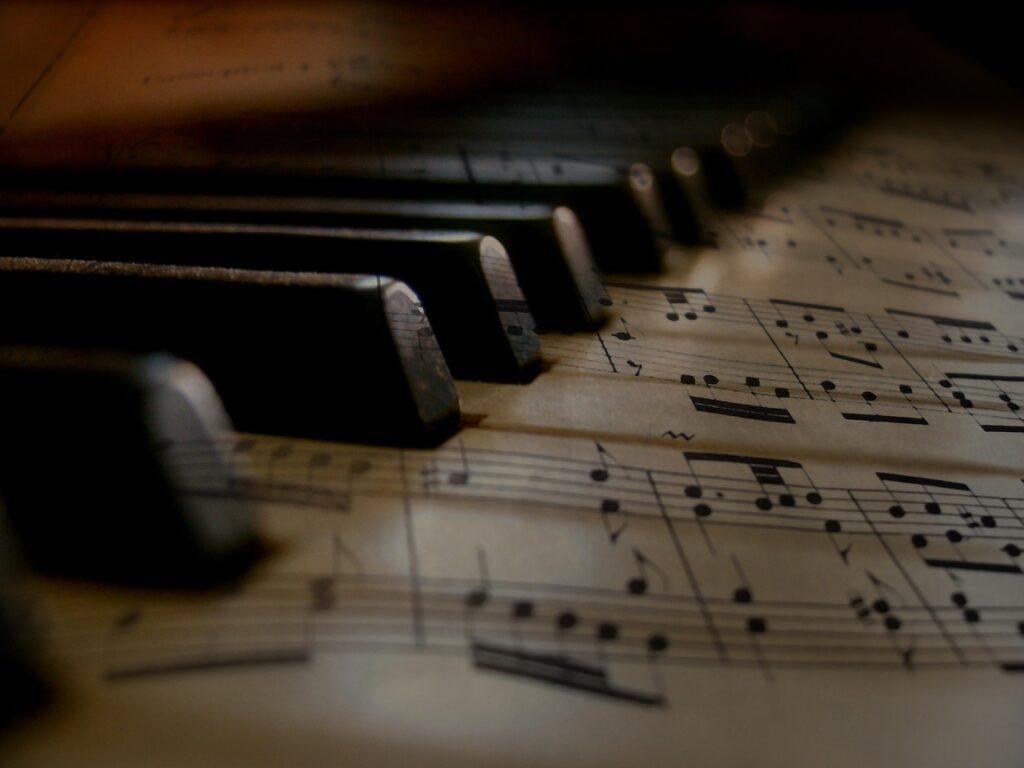“What is a parallel mode and how does it work? And how does a parallel mode differ from a relative mode?” Many musicians find the concept of modes confusing. I can help! Read more to answer the question, “What is a parallel mode and how does it work?”
How do you define the term mode?
- You can think of it as a specialized scale.
- Modes consist of patterns of intervals used for building scales and chords, and each mode has a distinctive arrangement of half and whole steps.
- Modes constitute an important subgroup of scale theory and form a foundational part of both Western and non-Western music.
This post uses musical terms. For definitions, see the Glossary at the end of the article.


